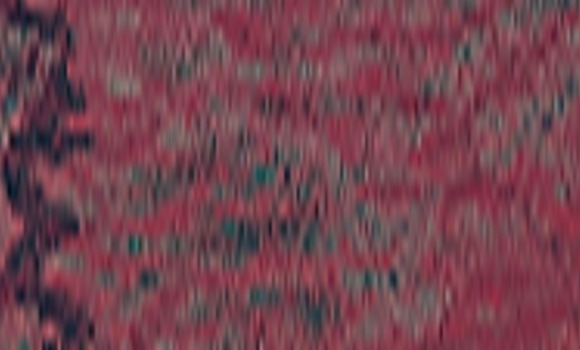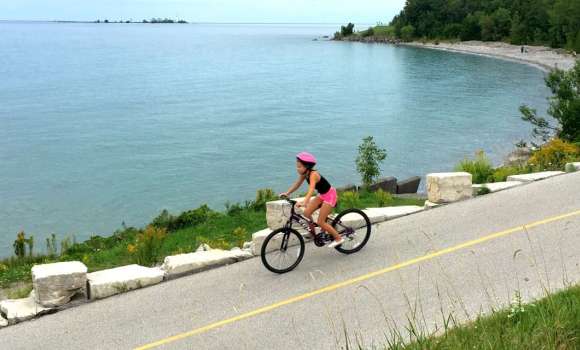Tom Thomson, J.E.H. MacDonald, Frank Johnston, Arthur Lismer, Fred Varley and Franklin Carmichael were all commercial artists working in Toronto. Along with their friends Lawren Harris and A.Y. Jackson, these painters took advantage of Ontario railways to gather in the landscapes of Algonquin Park.
The Group’s dreams of a nationalist landscape style of painting began to take shape on the cusp of the First World War, only to have the realities of war undermine their ambitions. Jackson and Varley served on the Western Front, and Harris as a gunnery instructor on the home front. Lismer moved to Halifax and witnessed the horrific Halifax Explosion in December 1917, while Frank Johnston worked as part of the Canadian War Art program painting images of flight training.
Between the war and the Group’s official formation in 1920, Thomson spent as much time as possible in Algonquin Park, until his untimely death in 1917 in his beloved Canoe Lake in Algonquin Park.
Shortly after Thomson’s death, MacDonald suffered a stroke. For Harris, the news of his only brother's death in action in Europe catapulted him into a state of depression. Algonquin was now a site of bitter grief and new inspirational landscapes had to be found.
The remaining members of the Group were fascinated by the ‘northland’ and this fascination grew after years of unfortunate experiences they all endured. In 1912, their beloved Thomson had completed a two-month canoe adventure along the Mississagi River where the wild landscapes of the region captivated him and opened the Group’s eyes to the splendours of Algoma as a positive source of painting inspiration.








